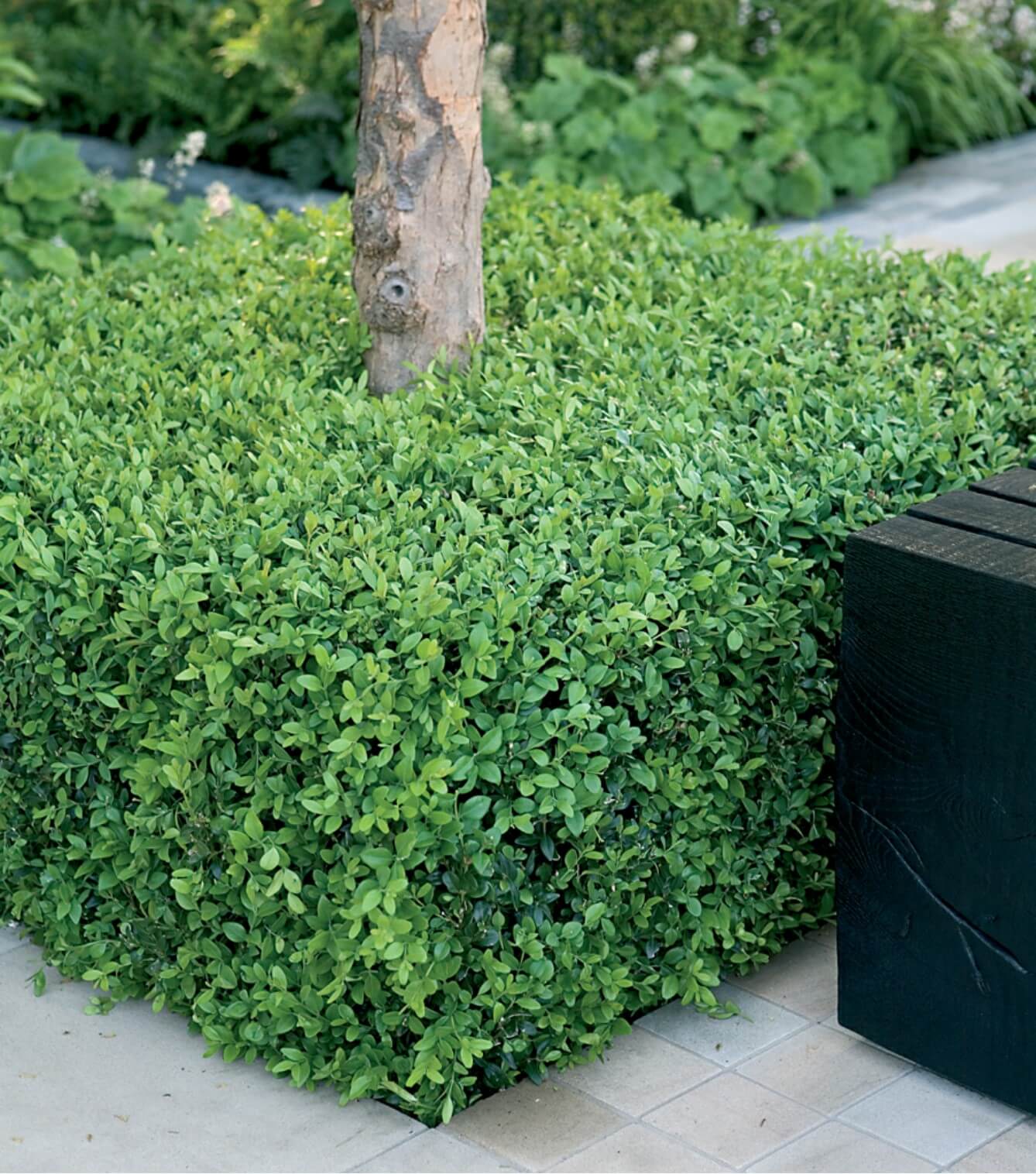Box hedging is a method that uses small hedges for formal borders, these are commonly used in formal landscape design.
These hedges are low maintenance and only need trimming once a year and can be pruned into various shapes to your liking and their stunted nature make them ideal for border plants along your walkways or gardens.
We’ve provided you with easy methods on how to make box hedge plants. Let’s start.
Table of Contents
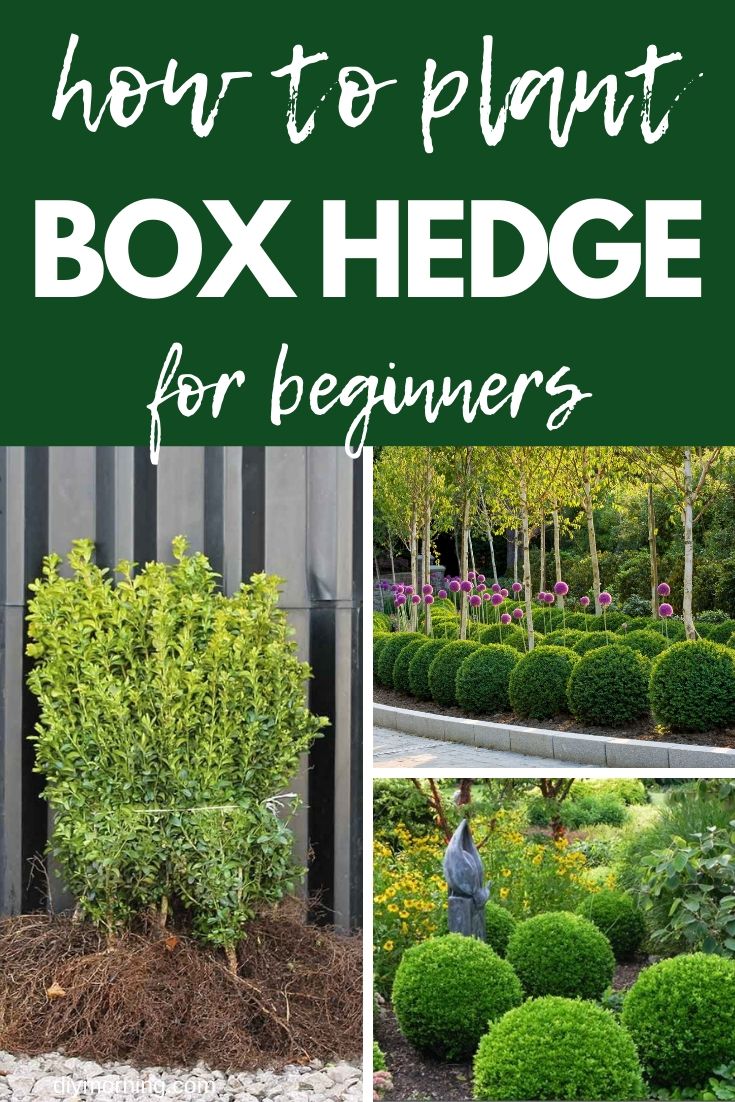
Equipment and Materials Needed to make box hedge plants
- Measuring Tape
- Shovel or Trowels
- Stakes or Poles
- Ropes or Strings
- Hammer
- Scissors or Shears
- Plant of your choice
- Compost, Peat Moss or Fertilizer
Step-by-Step Guide on How to make box hedge plants
1. Prepare Your Equipment and Clean Up Your Area
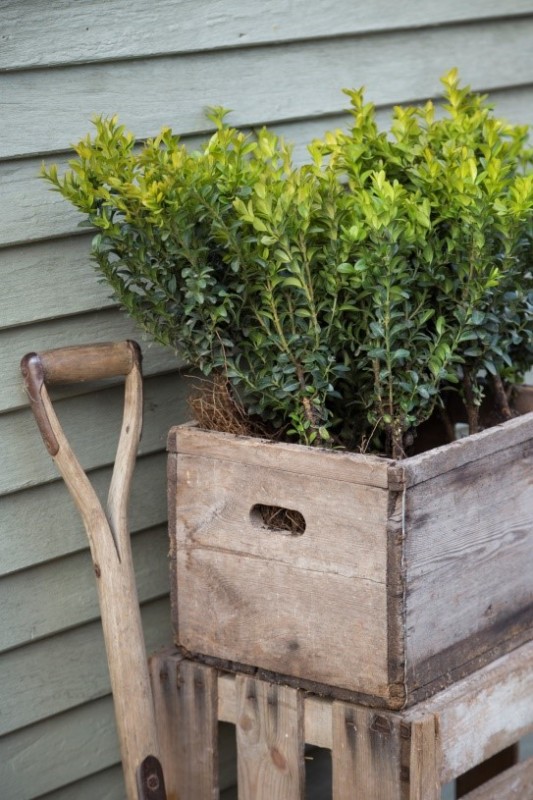
Before doing anything else, ensure your area is prepared. Remove pebbles, old roots, weeds, and other wastes that can disrupt your box hedge planting process. Prepare all your equipment and materials beforehand to avoid conflicts.
2. Streak and Mark the Hedgerow Line

Box hedges are closely planted. Use a line to ensure they’re planted straight and evenly separated. Use your measuring tape and extend it along the ground of your desired place for your box hedge plants. Space the plants 12 to 24 inches (1-2 feet) apart by measuring from center to center. Utilize your stake or pole and mark the end of each trench, use your rope and tie from one stake to another.
3. Get Rid of The Turf/Sod
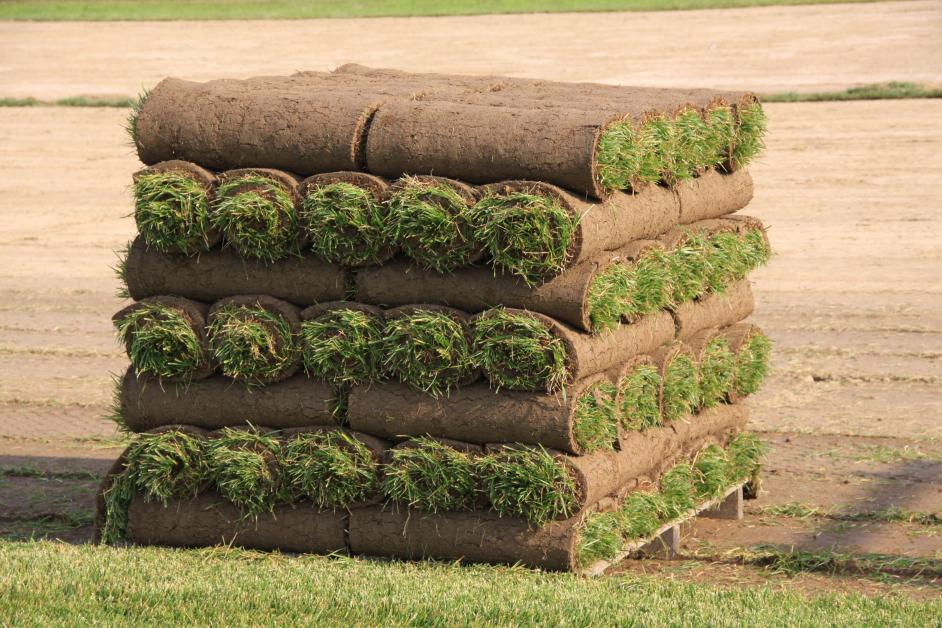
You can also dig separate holes for each plant, but trenches are recommended since it’s easier to make and get even spaces for your plants. Use your shovel and dig up a shallow trench just below your guide rope. Remove the turf or sod about 4 inches deep, ridding of the excess soil.
4. Dig Holes According to Your Plants’ Dimensions with The Use of The Pot
A root ball is a mass of roots at the base of plants, measure your plants’ root ball size by measuring your pot and dig holes twice the width of your initial measurements providing your box hedge plants’ roots more room to expand through the soil.
5. Remove the Plants from the Pots and Check the Roots

Remove the shrubs out of their respective pots and check to see if the plant has accumulated a thick mat of roots from the bottom. You can fix or free the plants’ roots by loosening the protruding roots to ensure normal growth when planted. Trim matted areas with scissors or shears.
6. Start Planting Your Shrubs or Plant of Your Choice
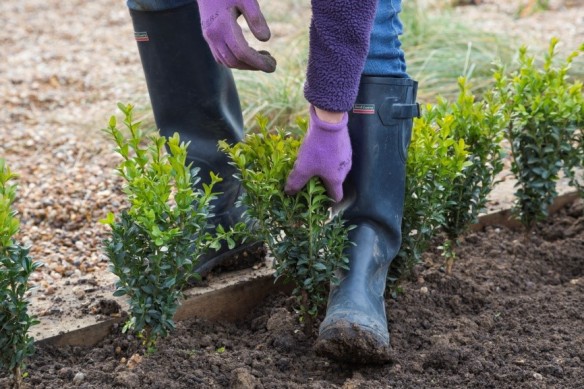
Begin planting your shrubs by setting each box hedge plant into the middle of its designated planting hole, make sure to heel the plants well, make sure the backfill soil level is the same when you lifted them. Never plant your shrubs too deep.
If you have poor soil, you can enrich it with the use of compost, fertilizer, or peat moss to enrich the soil to ensure better growth for your plants.
7. Water the Plants
Water your newly planted box hedge plants and you’re done.
8. Add Mulch to Your Trench If Necessary
You can add 5 to 8 centimeters (2-3 inches) of mulch to your newly planted area if necessary, mulch is laid over soil surfaces and used as a covering to keep soil’s moisture, cool the soil, suppress the growth of weed, and make your garden look more appealing.
Leave the area around the base of the plants free of mulch to not block their air passages and promote air circulation.
9. Recycling Cuttings to Make Box Hedge Plants
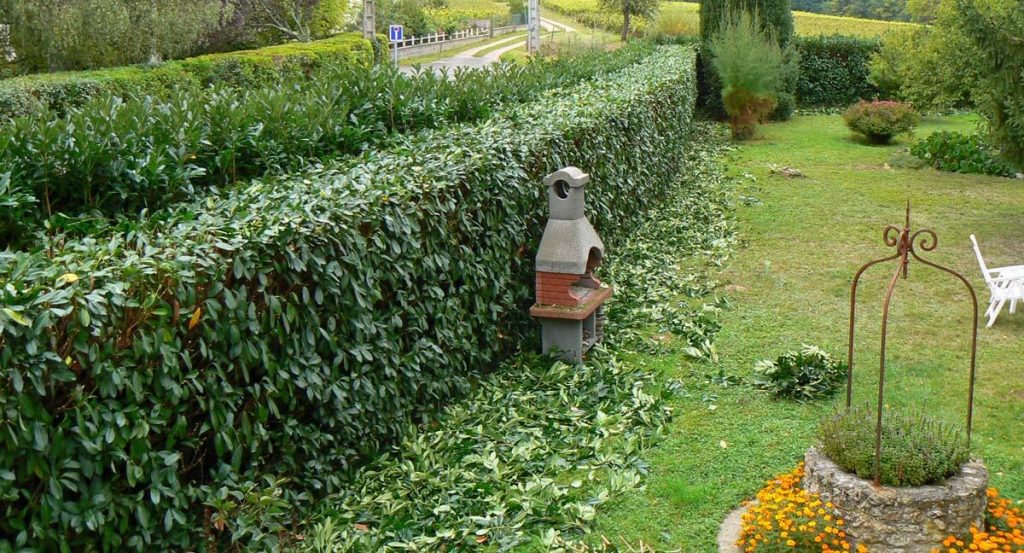
You can use sprigs from mature box hedge plants but make sure they still have branches containing young shoots, sprinkle these with water to avoid wilting.
Remove the shoots by cutting below the leaf joint and remove the lower leaves that leave you with a portion of a bare stem. Put compost in a pot and insert these cuttings around the pot, let the pot stand in a shaded place.
10. Considerations in Box Hedging Plants
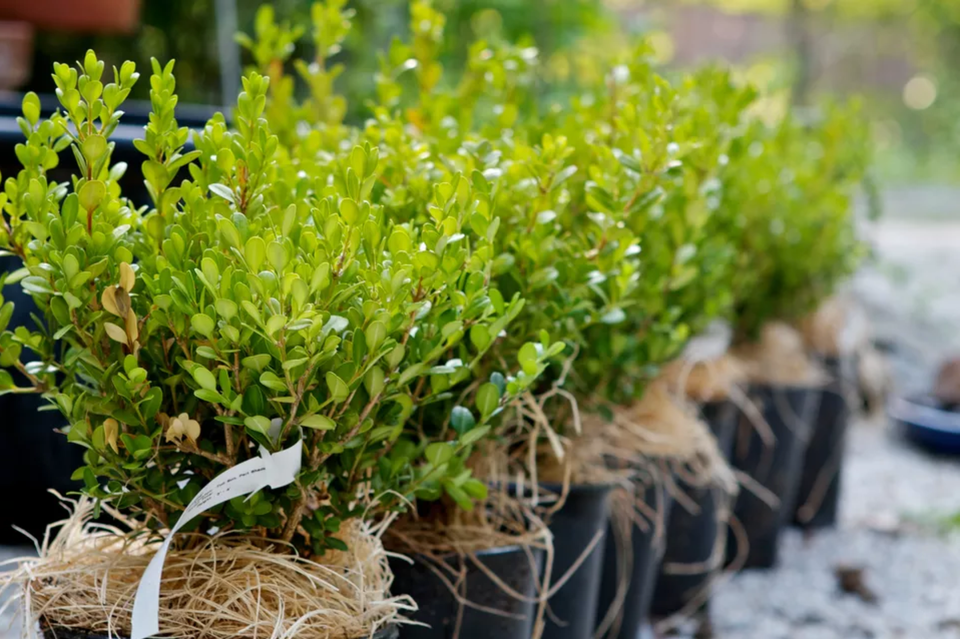
Here are factors to consider in box hedge planting:
The Type of Box Hedge Plant to Use
Decide if you want your box hedge plants to be bare root or container-grown though both will successfully grow at any time of the year, and also consider the size you want, large box hedge plants gives a more immediate effect while small hedge plants establish faster
The Spacing of The Plants
Spacing is often overlooked, it’s important to know the proper spacing measurements to properly make box hedge plants appealing and help them grow evenly.
When and Where to Plant
Box hedge plants grow smoothly in most situations. These plants can mostly grow in any environment from alkaline soils to hard dry places. But the best season to plant these is during early spring.
Conclusion

Box hedge plants are a great and budget-friendly choice of formal hedge landscaping to surround your garden or walkways with. We hope this step-by-step guide on How to make box hedge plants helped you on your journey of box hedging.
